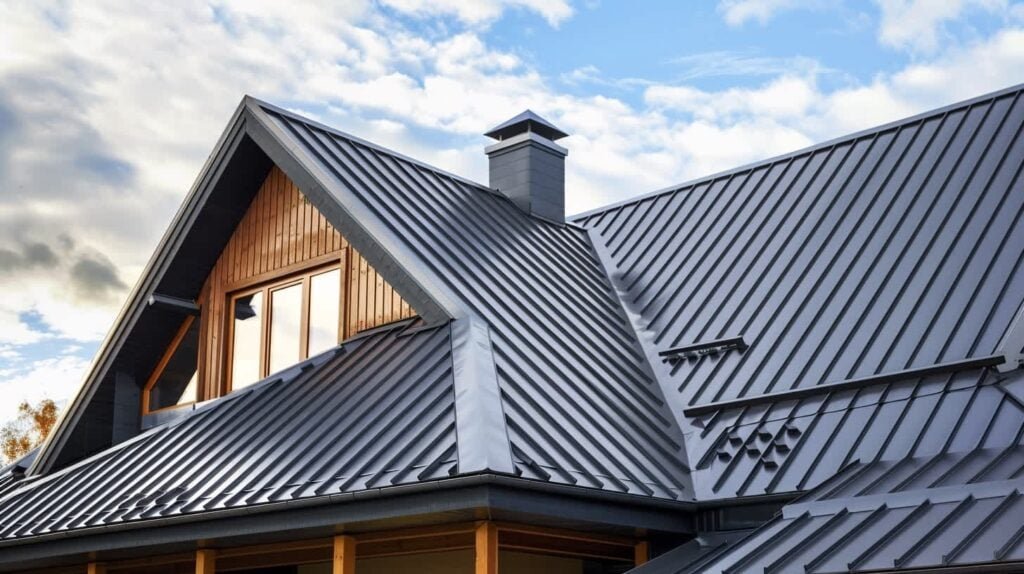Louisiana’s tropical climate delivers more than scenic beauty—it presents some of the most demanding conditions a roof can endure. With months of soaring temperatures, intense UV radiation, and a heavy blanket of humidity, homeowners must think proactively about protecting their property from long-term weather-related damage. A roof that isn’t properly maintained or prepared may not just lose its aesthetic appeal, but could also develop structural issues that lead to leaks, mold growth, and costly repairs. We will explore the essential steps to get your roof ready for Louisiana’s unique climate challenges, ensuring comfort, safety, and longevity for your home. With the guidance of seasoned local professionals, residents can take informed steps to prepare and protect their homes.
Why Louisiana’s Weather Demands Strategic Roofing Preparation
Louisiana’s subtropical climate poses a distinct threat to roofing systems, especially during late spring through early fall when the heat and humidity are most unforgiving. Constant exposure to UV rays can deteriorate roofing materials, causing shingles to warp, crack, or disintegrate faster than in cooler, drier regions. The high humidity contributes to moisture build-up not just on the roof’s surface but within the structure itself, increasing the risk of rot and mold. That dual attack—heat from above and moisture from within—places roofs in Louisiana under persistent stress.
Adding to that, the afternoon thunderstorms common during the summer months can bring sudden, heavy rainfall. If a roof isn’t properly sealed or has even minor weaknesses, water can infiltrate under the shingles or around flashing points. This environment accelerates wear and tear and increases the likelihood of hidden damage that often goes unnoticed until it becomes a more serious problem. To minimize the impact of Louisiana’s climate, homeowners need to prepare and maintain their roofs with both the immediate and long-term picture in mind. Consulting a Lafayette Roofing Contractor can provide valuable insight into how well your current roofing system is equipped to handle these conditions.
Inspecting for Damage Before the Heat Peaks
Before the summer months hit their peak, conducting a detailed roof inspection is crucial. Many homeowners wait until there is visible damage or a leak before taking action. However, Louisiana’s climate doesn’t offer much leniency once the intense heat and humidity roll in. Early identification of problems—like lifted shingles, rusted flashing, warped vent boots, or clogged gutters—can make a significant difference. Moisture trapped beneath a compromised shingle during the wet season can create a breeding ground for mold, which eventually spreads into attic spaces or even walls. Inspections should not be limited to the outer surface.
Homeowners should look in the attic for signs of water stains, soft spots, or mildew odors. These indicators often reveal a leak long before water reaches the living space. Even if you aren’t comfortable climbing onto your roof, you can walk the perimeter of your home and look for signs of sagging areas, granule loss, or uneven coloring, all of which could signal hidden structural issues. Local companies offer thorough inspections that take Louisiana’s specific weather patterns into account, ensuring your roof is evaluated for the kind of wear this environment is known to cause.
Prioritizing Ventilation and Moisture Management
Humidity control is one of the most overlooked aspects of roof preparation in Louisiana. When a roof doesn’t have sufficient ventilation, the moisture that naturally accumulates in an attic has no escape route. This stagnation can eventually lead to the degradation of insulation, wood rot, and even health hazards from mold. Proper ventilation helps regulate attic temperatures, allowing hot air to exit and reducing the strain on air conditioning systems. This not only protects your roofing materials from internal damage but also contributes to energy efficiency throughout the home.
A well-designed ventilation system, in combination with moisture barriers and roof decking materials suited for high humidity, will help mitigate the long-term impact of the climate. Even choices in underlayment and flashing matter. Modern synthetic underlayments, for example, offer stronger resistance to moisture than traditional felt paper, which can absorb and retain water during prolonged humid spells. Addressing these elements before the peak season arrives ensures that the roof isn’t just weather-resistant but also built to help manage the humidity that defines Louisiana’s environment.
Reinforcing with Heat-Resistant and Durable Materials
Material selection plays a central role in how well a roof withstands Louisiana’s climate. Traditional asphalt shingles can be used effectively if they are rated for high temperatures and heavy UV exposure, but newer material options offer even greater durability. Metal roofing, for instance, reflects much of the sun’s energy, helping to keep attic temperatures lower and offering excellent resistance to both fire and rot. While initial installation may require a higher investment, the return in reduced maintenance and energy costs makes it a wise option for long-term protection. Another consideration is tile or slate roofing, which stands up well to intense sun and is often used in other hot climates.
However, these materials may require additional support due to their weight. Regardless of the material chosen, Louisiana homeowners should be sure to select roofing systems that have been tested under extreme heat and moisture conditions. Companies often guide homeowners through the selection process, identifying combinations of shingles, underlayments, and sealants that offer layered protection against both sun and humidity.
Preparing your roof for Louisiana’s intense heat and humidity isn’t a one-time task—it’s an ongoing commitment to preserving the value and safety of your home. From early inspections and material upgrades to improving ventilation and maintaining seals and gutters, each component plays a role in defending against the state’s unique environmental pressures. By focusing on both visible and hidden vulnerabilities, homeowners can reduce the risk of long-term damage and costly repairs. Whether you choose to handle certain preparations yourself or bring in trusted names like Pelican Roofing for guidance, the key is to act before the heat and storms take a toll.

